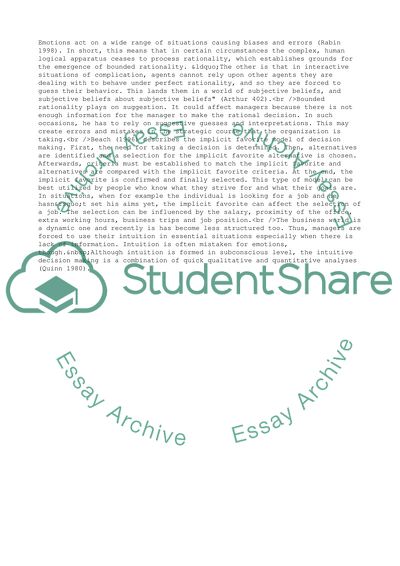Cite this document
(Issues on Decision Making Process Assignment Example | Topics and Well Written Essays - 1500 words - 24, n.d.)
Issues on Decision Making Process Assignment Example | Topics and Well Written Essays - 1500 words - 24. https://studentshare.org/management/1731482-essay
Issues on Decision Making Process Assignment Example | Topics and Well Written Essays - 1500 words - 24. https://studentshare.org/management/1731482-essay
(Issues on Decision Making Process Assignment Example | Topics and Well Written Essays - 1500 Words - 24)
Issues on Decision Making Process Assignment Example | Topics and Well Written Essays - 1500 Words - 24. https://studentshare.org/management/1731482-essay.
Issues on Decision Making Process Assignment Example | Topics and Well Written Essays - 1500 Words - 24. https://studentshare.org/management/1731482-essay.
“Issues on Decision Making Process Assignment Example | Topics and Well Written Essays - 1500 Words - 24”. https://studentshare.org/management/1731482-essay.


